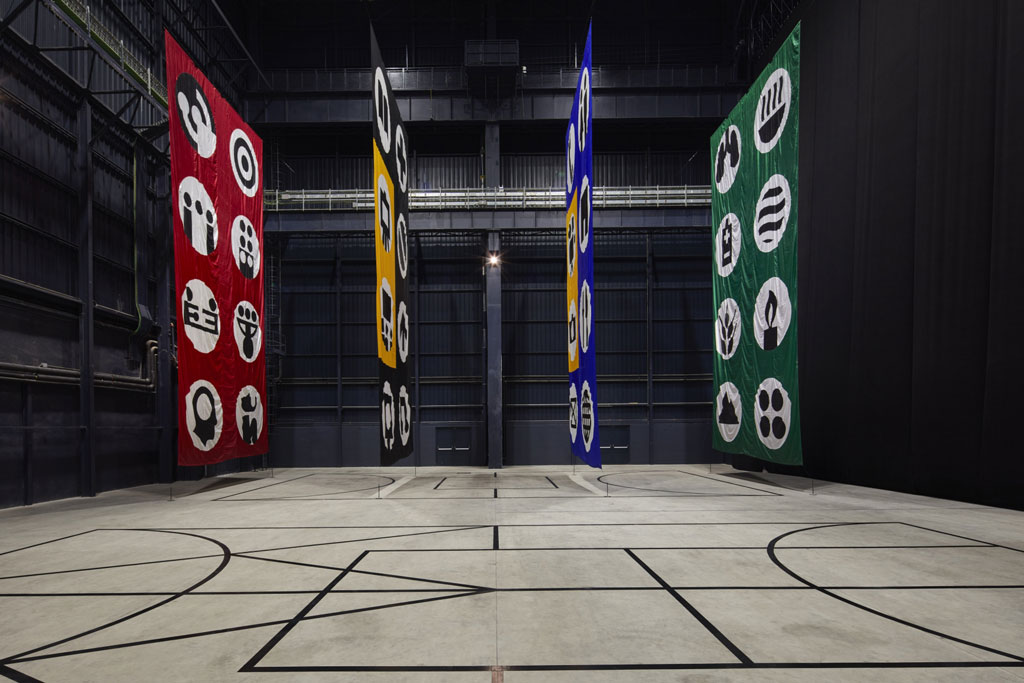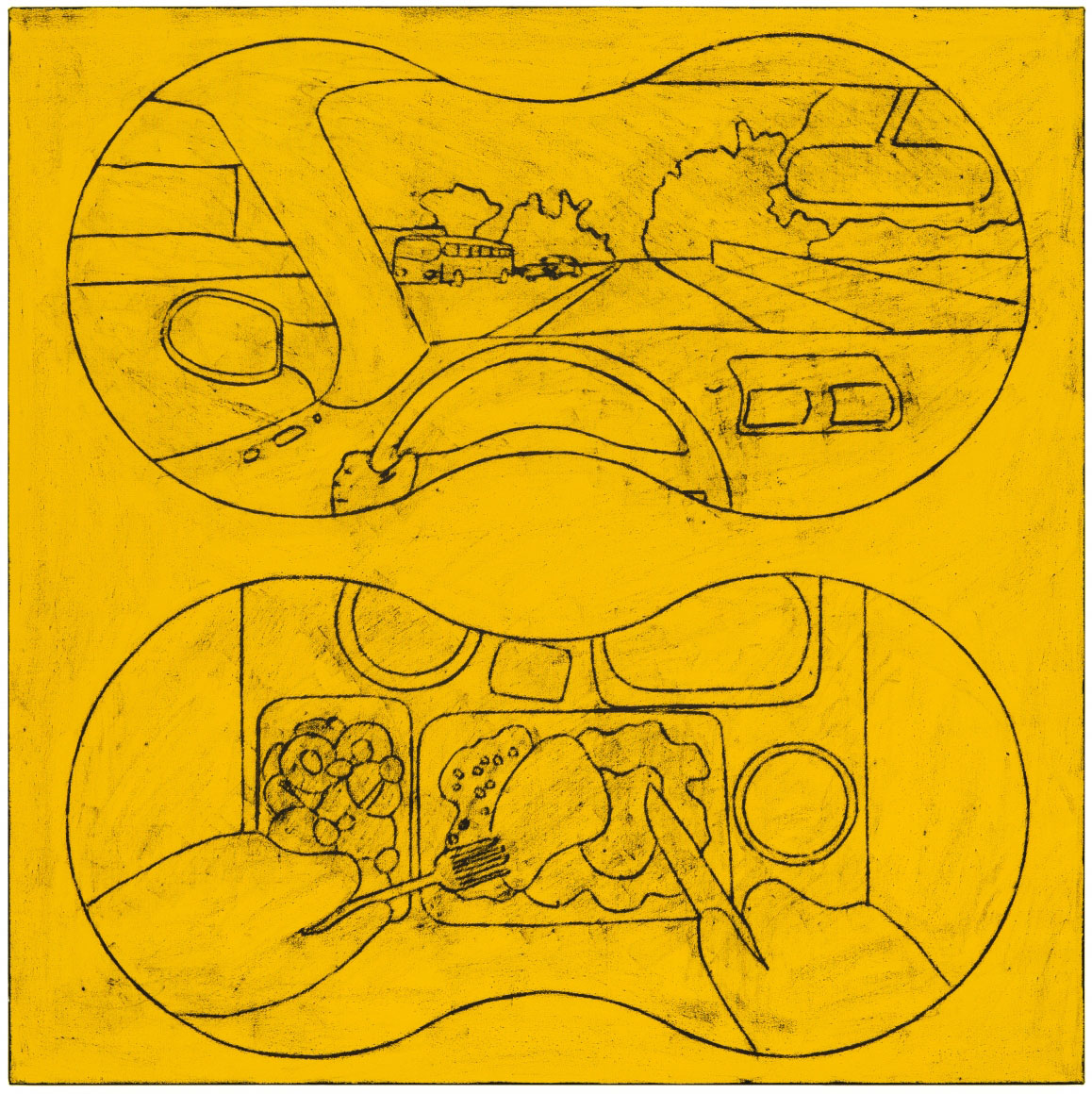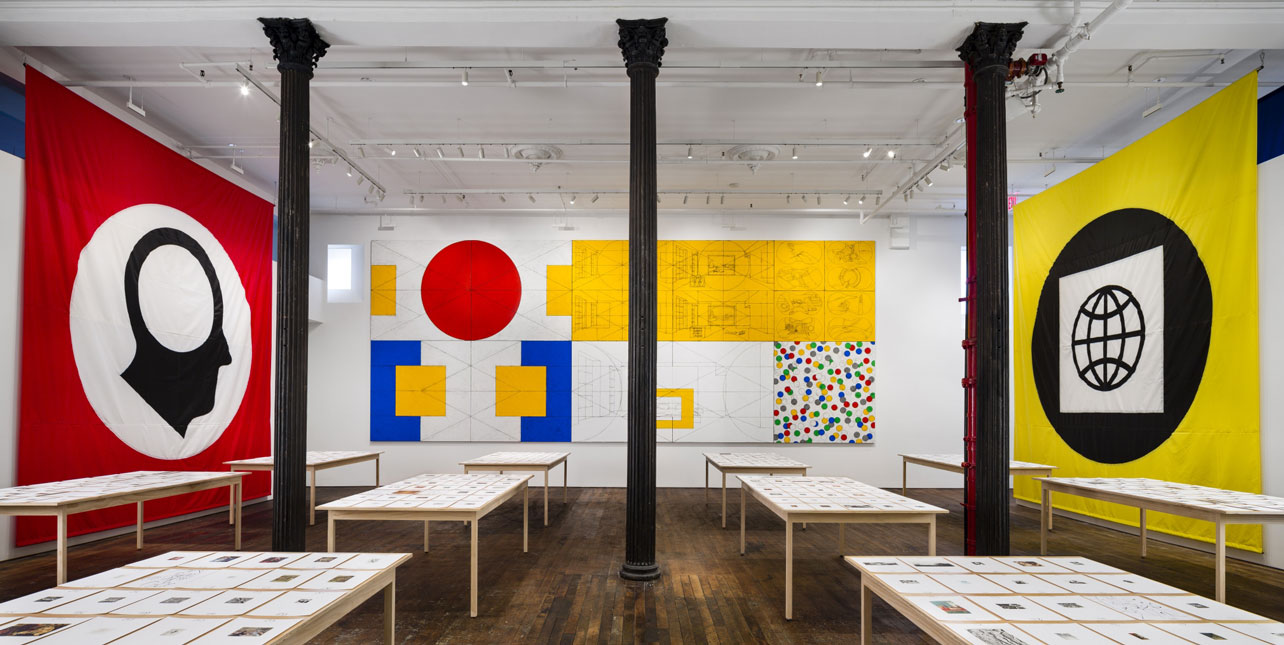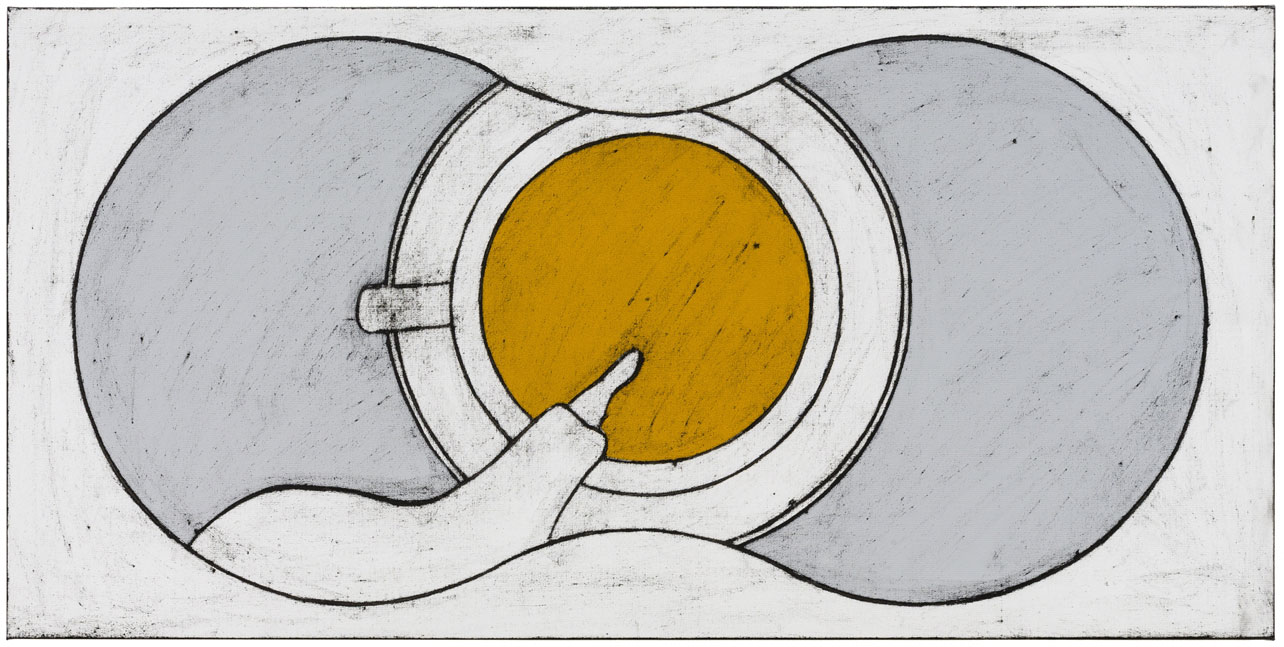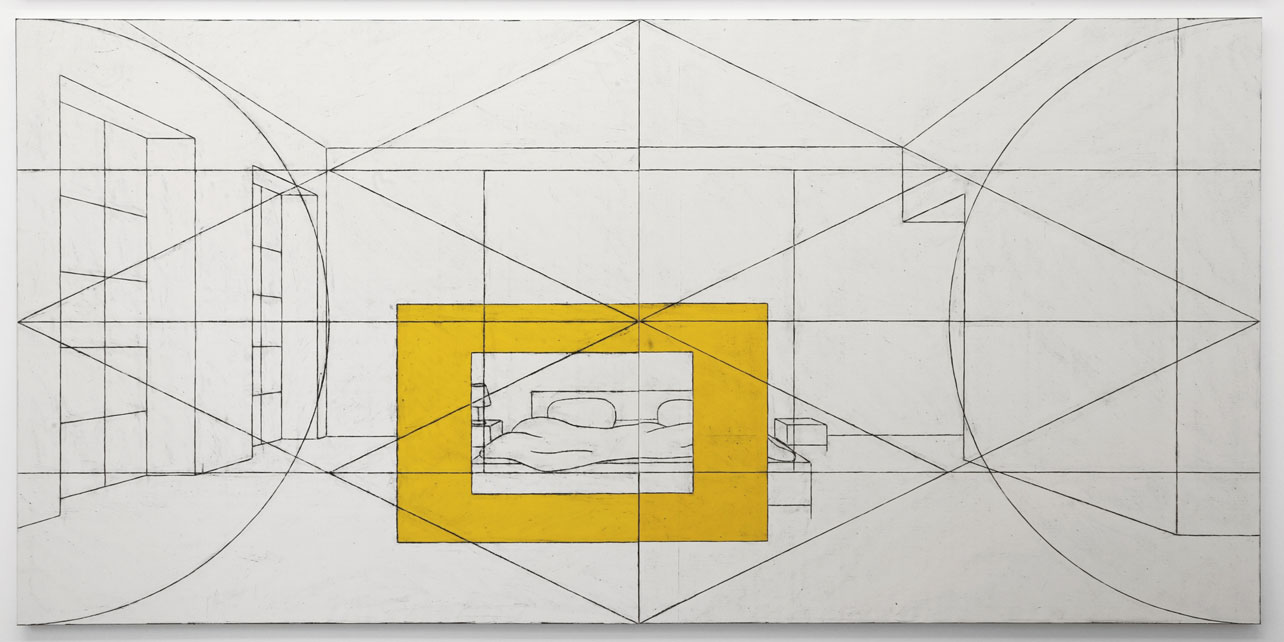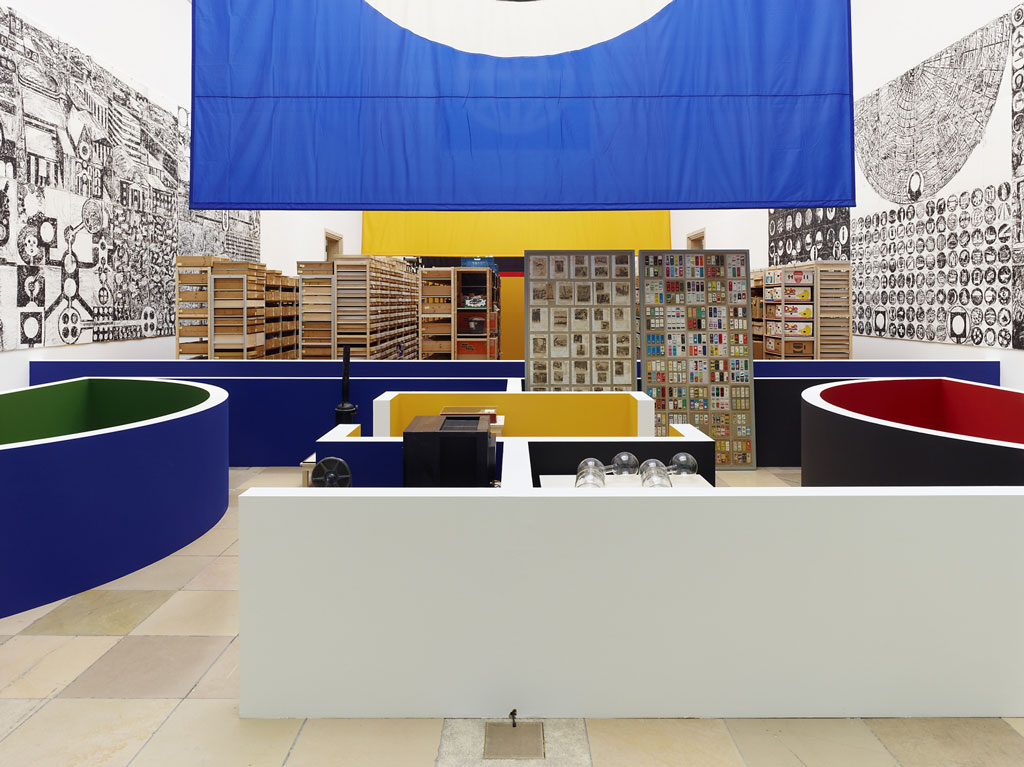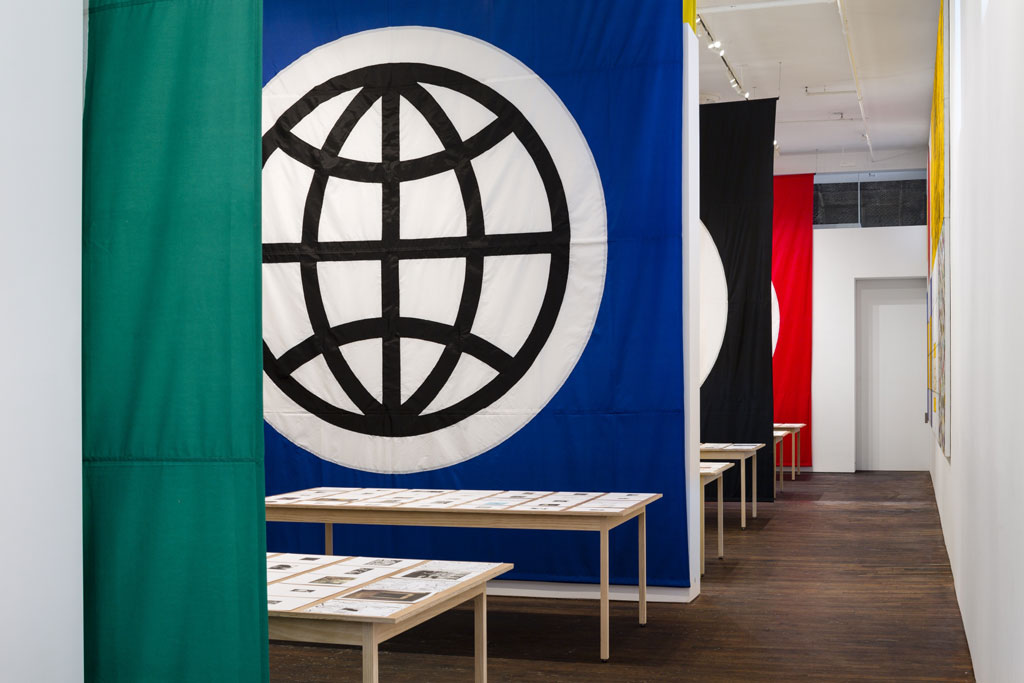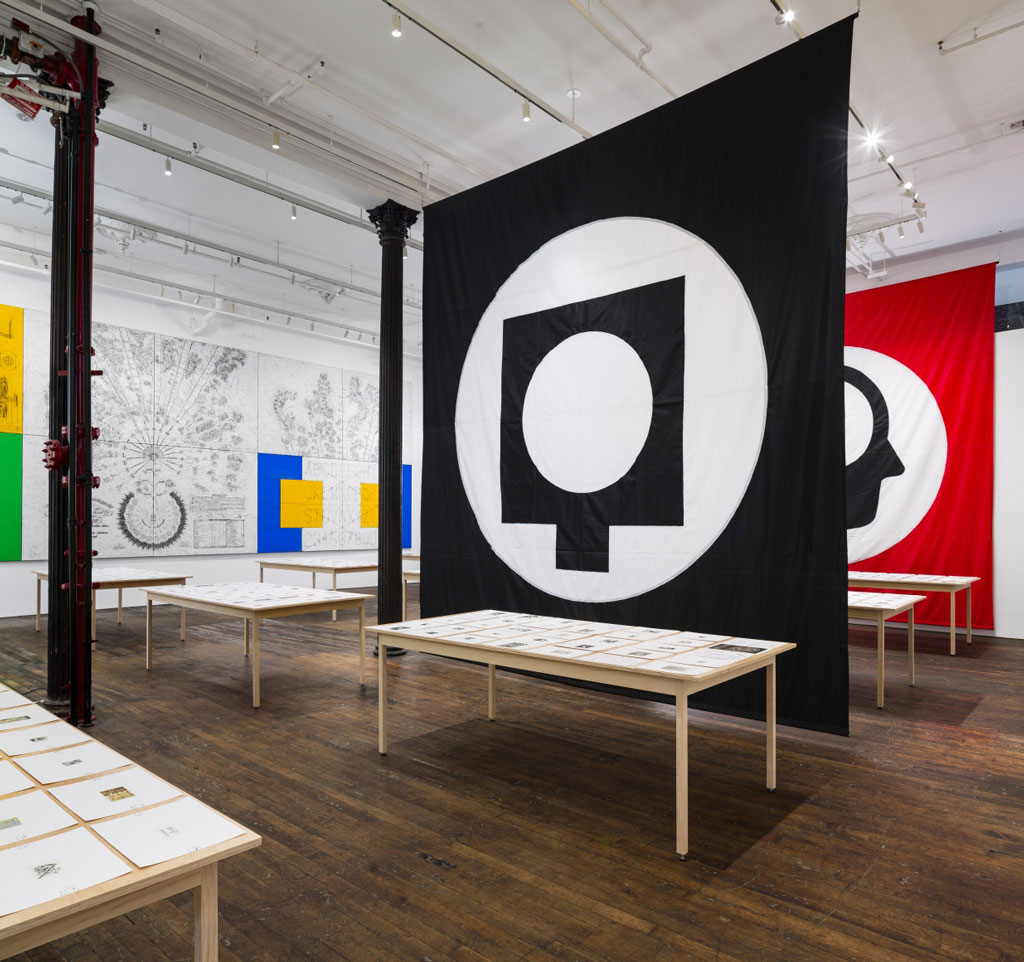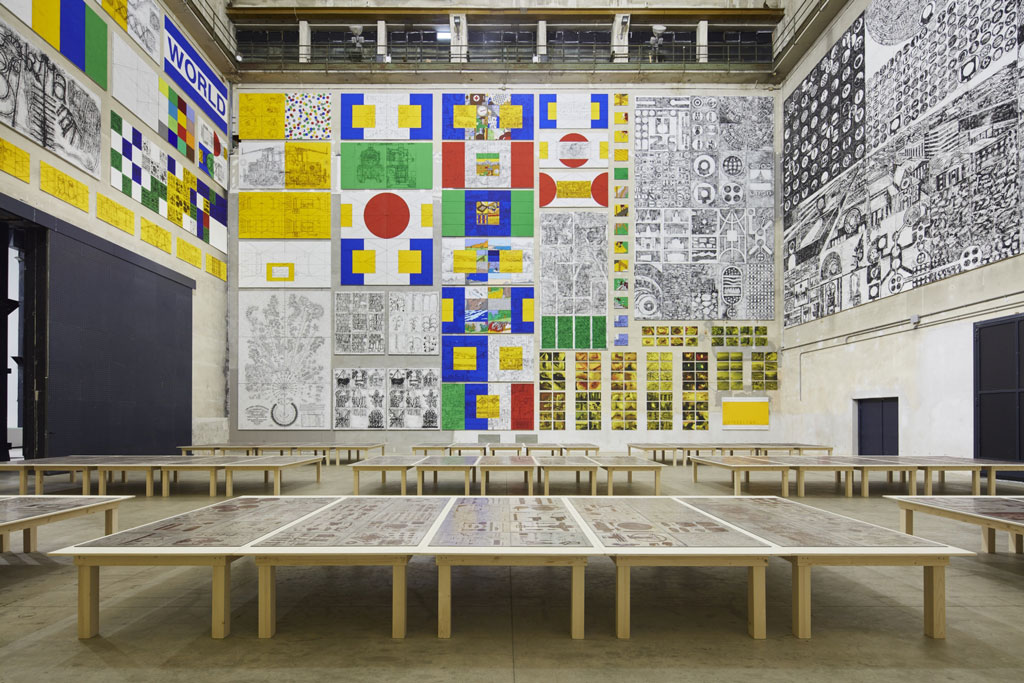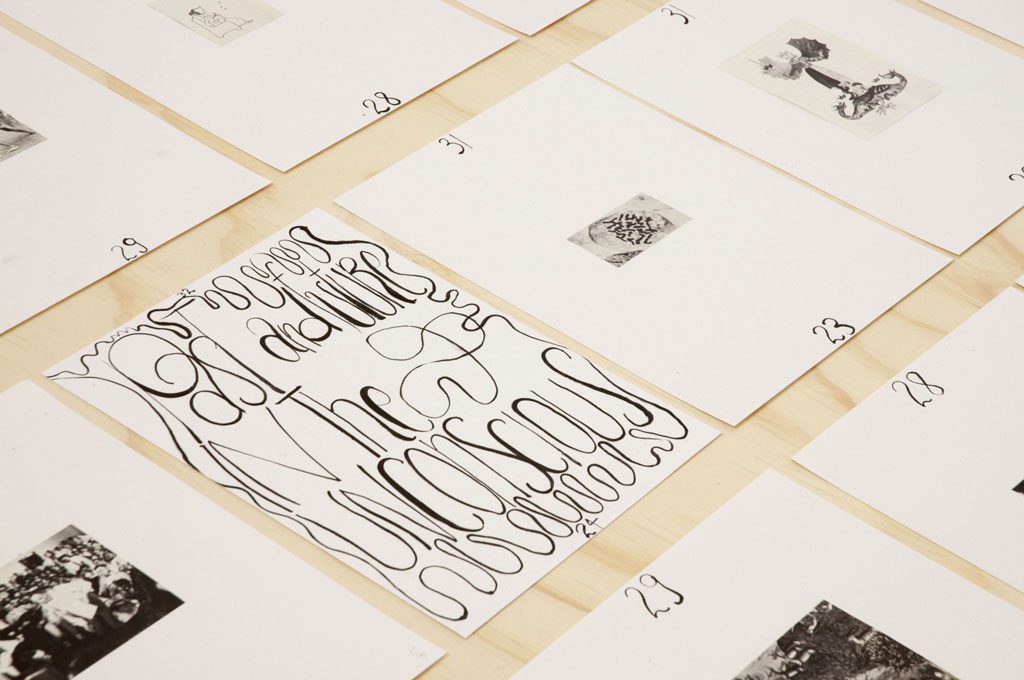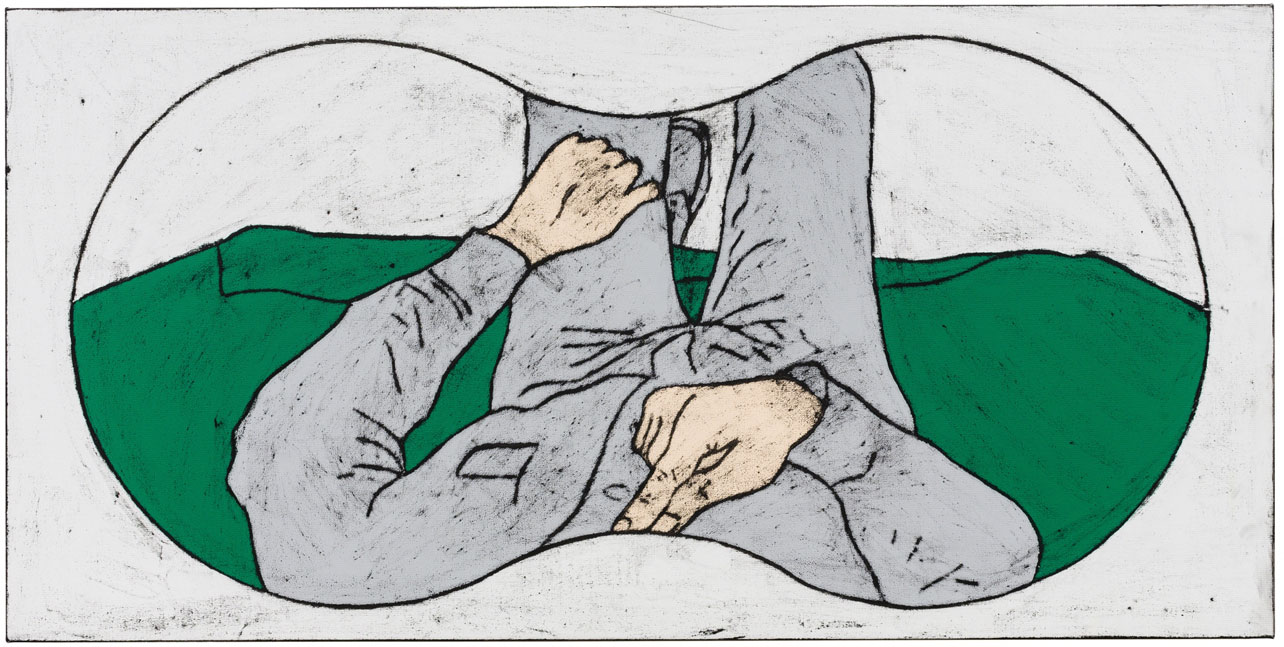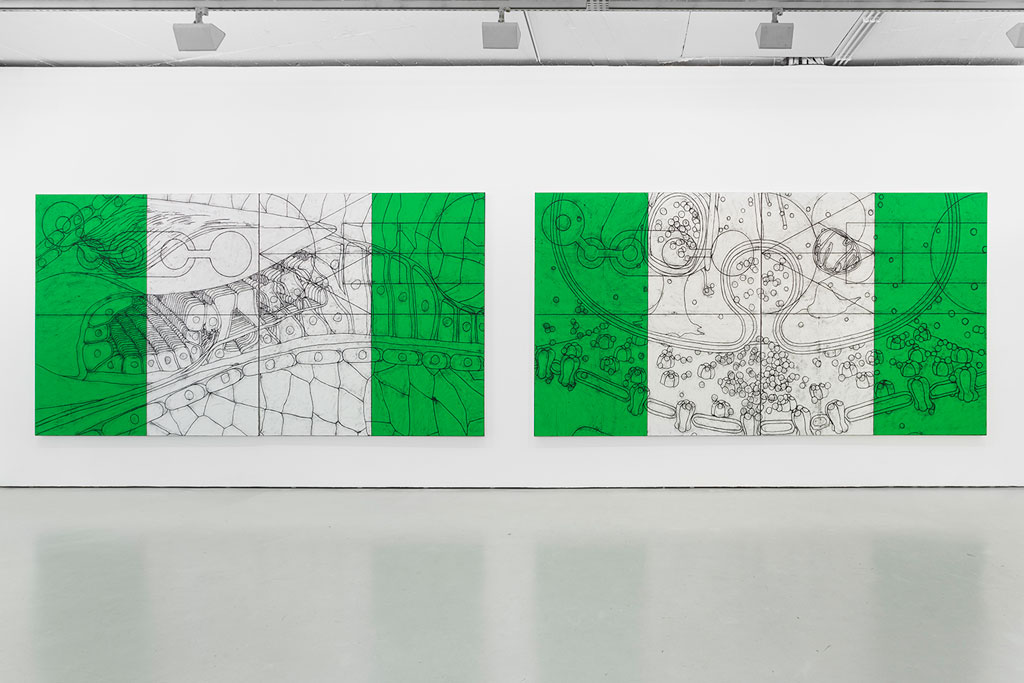TRACES: Matt Mullican
 Today is the occasion to bear in mind Carl Matt Mullican (18/9/1951- ). In order to understand the world, the sculptor and conceptual artist seeks to organize it. In myriad ways and over and over again, the California native attempts to superimpose organizational principles onto a chaotic universe. His large-scale installations consist of an exuberant abundance of small-scale pieces: drawings, flags, comic clippings, photographs, cartoons, light boxes, textile collages, stylized handwriting, recipes, stuffed birds, glass sculptures, stone carvings, and erected walls covered in pinned items. Through documents or interviews, starting with: moments and memories, we reveal out from the past-unknown sides of big personalities, who left their indelible traces in time and history…
Today is the occasion to bear in mind Carl Matt Mullican (18/9/1951- ). In order to understand the world, the sculptor and conceptual artist seeks to organize it. In myriad ways and over and over again, the California native attempts to superimpose organizational principles onto a chaotic universe. His large-scale installations consist of an exuberant abundance of small-scale pieces: drawings, flags, comic clippings, photographs, cartoons, light boxes, textile collages, stylized handwriting, recipes, stuffed birds, glass sculptures, stone carvings, and erected walls covered in pinned items. Through documents or interviews, starting with: moments and memories, we reveal out from the past-unknown sides of big personalities, who left their indelible traces in time and history…
By Efi Michalarou
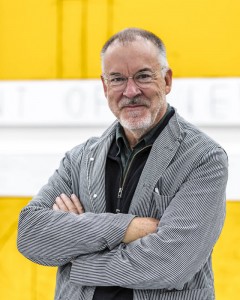 Matt Mullican was born in Santa Monica, California is an American-Venezuelan artist and son of artists Lee Mullican and Luchita Hurtado. Mullican received his BFA from CalArts in 1974, and rose to prominence as a member of the “Pictures Generation” along with such artists as Troy Brauntuch, Jack Goldstein, David Salle, James Welling, Sherrie Levine, Cindy Sherman, Louise Lawler, Richard Prince and Robert Longo. In 1986 Matt Mullican was introduced to a group of computer-graphics specialists in California who were interested in working with an artist as a means to broaden their approach to this medium most often used in film and television animation. Optomystic studios gave Mullican access to the innovative Connection Machine-2, a Thinking Machines supercomputer designed by leading researchers in artificial intelligence. With the assistance of technical directors and programmers who entered his initial notebook drawings into the computer system, Mullican integrated his images and ideas with unprecedented flexibility within the three-dimensional environment of the computer. The results, inexpressible in other, more trad tional mediums, reflect the compatibility of the internal logic of the computer and the multi-dimensional and hierarchical vision of the artis. His work oscillates between various antagonisms: reality and fiction, subject and object, the conscious and the unconscious, to work on our perception, defined less by the objective reality of the visible than by the projection of subjective experiences. To what degree is the world around us real? The work progresses with two main operating methods. Cosmology based on the symbolism of representation consists of a range of signs: photographs, pictograms, diagrams, etc. It generates a form of mental cartography consisting of five distinct parts identified by their respective colour references: green is for the elements, for nature and also for death; blue is for the ‘world unframed’ by the conscious, including the city and everyday life; yellow is for the ‘world framed’ constructed by art and science; black is associated with language and signs and red refers to ideas, to pure spirit. His explorations of the conscious also led Mullican to examine the potential of hypnosis in the early 1970s. In a trance, he can project himself into an image and go beyond representation. If generating these modified states of awareness is “introducing chaos into order”, it also means considering the tangible dimension of the unconscious as a tool of the real.
Matt Mullican was born in Santa Monica, California is an American-Venezuelan artist and son of artists Lee Mullican and Luchita Hurtado. Mullican received his BFA from CalArts in 1974, and rose to prominence as a member of the “Pictures Generation” along with such artists as Troy Brauntuch, Jack Goldstein, David Salle, James Welling, Sherrie Levine, Cindy Sherman, Louise Lawler, Richard Prince and Robert Longo. In 1986 Matt Mullican was introduced to a group of computer-graphics specialists in California who were interested in working with an artist as a means to broaden their approach to this medium most often used in film and television animation. Optomystic studios gave Mullican access to the innovative Connection Machine-2, a Thinking Machines supercomputer designed by leading researchers in artificial intelligence. With the assistance of technical directors and programmers who entered his initial notebook drawings into the computer system, Mullican integrated his images and ideas with unprecedented flexibility within the three-dimensional environment of the computer. The results, inexpressible in other, more trad tional mediums, reflect the compatibility of the internal logic of the computer and the multi-dimensional and hierarchical vision of the artis. His work oscillates between various antagonisms: reality and fiction, subject and object, the conscious and the unconscious, to work on our perception, defined less by the objective reality of the visible than by the projection of subjective experiences. To what degree is the world around us real? The work progresses with two main operating methods. Cosmology based on the symbolism of representation consists of a range of signs: photographs, pictograms, diagrams, etc. It generates a form of mental cartography consisting of five distinct parts identified by their respective colour references: green is for the elements, for nature and also for death; blue is for the ‘world unframed’ by the conscious, including the city and everyday life; yellow is for the ‘world framed’ constructed by art and science; black is associated with language and signs and red refers to ideas, to pure spirit. His explorations of the conscious also led Mullican to examine the potential of hypnosis in the early 1970s. In a trance, he can project himself into an image and go beyond representation. If generating these modified states of awareness is “introducing chaos into order”, it also means considering the tangible dimension of the unconscious as a tool of the real.


